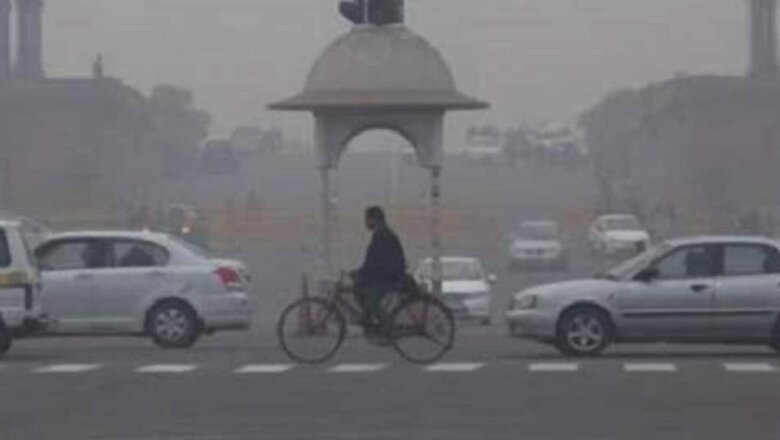
views
According to the World Health Organization, air pollution is one of the biggest environmental threats to human health, alongside climate change. It recommends new air quality levels to protect the health of people, by reducing levels of key air pollutants/particulate matter equal or smaller than 10 and 2.5 microns (µm) in diameter (PM₁₀ and PM₂.₅, respectively). They not only affect the lungs but PM₂.₅ can enter the bloodstream, causing cardiovascular and respiratory impacts.
Air pollution was the fourth leading risk factor for early death worldwide in 2019, surpassed only by high blood pressure, tobacco use, and poor diet (figure 1).
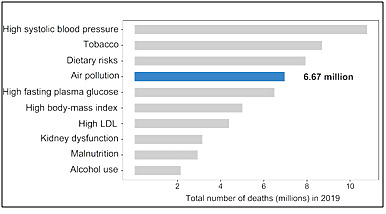
Figure 1: Global ranking of risk factors by total number of deaths from all causes in 2019. Source: State of Global Air 2020
About 80 per cent of noncommunicable diseases’ burden is attributable to air pollution. Air pollution also contributes to as much as 30 per cent of lower-respiratory infection as well as 20 per cent of infant mortality. The burden of disease due to air pollution is higher in low- and middle-income countries, causing about 91 per cent of premature deaths (figure 2). From smog to smoke inside the house, air pollution is a threat to health across globe. The combined effect of outdoor and household air pollution leads to premature deaths from stroke, heart disease, chronic obstructive pulmonary disease, lung cancer and acute respiratory infections.
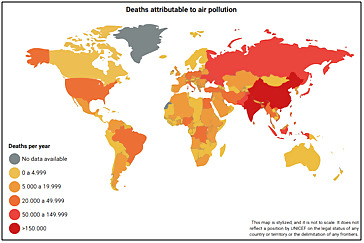
Figure 2: Air Quality: It’s time to act, UNICEF 2021
What Data Shows: Kids at Greatest Risk
Air pollution has both short- and long-term impact on human health. Maternal exposure to air pollutants can adversely impact birth outcome and children’s respiratory systems, immune status, brain development, and cardiometabolic health. Children and the elderly are most acutely affected (figure 3).

Figure 3: Distribution of global deaths in 2019 attributable to PM2.5, ozone and household air pollution by age. Source: State of Global Air 2020
Vulnerable people appear to be most at risk, with decreased cognitive performance among the elderly. Studies indicate association of poor air quality to adverse respiratory health outcomes, including asthma, other respiratory symptoms, and deficit in lung function and growth in children. Lancet indicates a plausible link between air pollution and stunting in children. A review shows the increased risk of low birth weight in pregnant women exposed to outdoor air pollution. A study from India found higher probability of stunting among children in households using unclean fuel.
Around 93 per cent of children under 15 years of age worldwide breathe polluted air, which affects their health and quality of life. With more than 1 billion children below 15 years of age exposed to air pollution, the figures are worse for children under five years with 1 in 10 deaths caused by air pollution. Air pollution accounts for 20 per cent of newborn deaths worldwide, most related to complications of low birth weight and preterm birth.
Sub Saharan Africa and South Asia contribute highest percentage of neonatal deaths attributable to household air pollution. Exposure to air pollution contributes to more than half of all deaths from acute lower respiratory tract infection (like pneumonia and acute bronchitis) in children under five years in lower- and middle-income countries, making it one of the leading killers of children worldwide.
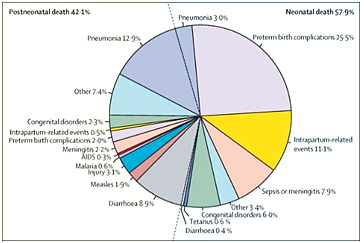
Figure 4: Causes of under-five deaths in India from 2000-2015, Source: The Lancet Global Health 2019
India is ranked third only to Bangladesh and Pakistan on worst air quality. PM 2.5 concentration in India is 5.2 times above the WHO annual air quality guideline. According to the Air Quality Index dashboard, India is at a poor level with 192 AQI and ranked fourth among 97 countries on the extent of air pollution. At the sub-national level, except for Goa, Kerala, Puducherry and Tamil Nadu with below 50 AQI, all states/UTs are at moderate to hazardous (with AQI 51 to 500) levels of air pollution. The national capital with an AQI above 400 is ranked hazardous followed by Haryana (394) and Uttar Pradesh (311) at severe level of air pollution. These AQI levels are real time and on the rise, indicating the after-effects of Diwali.
In 2019, National Capital of Delhi witnessed the air quality dropping to severe level due to firecrackers, stubble burning, and other factors—the Environment Pollution (Prevention and Control) Authority or EPCA declared it a public health emergency. The children were worst hit with respiratory problems; increased exposure to such air also raises their risk of suffering from asthma and bronchitis.
ALSO READ | Not Just ‘Bijli, Paani, Roti’ But Also ‘Saans’: High Time Air Pollution Makes Way Into Poll Discourse
The lockdown during the COVID-19 pandemic in 2020 contributed to improved air quality across developing nations. A 2020 study in 15 major cities of India indicated reduction in pollutants with closing of power plants and restriction of vehicle movement during the lockdown. This reduction, however, could not be sustained as air pollution worsened and air quality turned poor post Diwali fireworks. As per the Central Pollution Control Board, Delhi and the National Capital Region had severe air quality with bursting of firecrackers during Diwali.
Time to Act Now
The National Air Monitoring Programme is authorised to monitor levels of air pollutants and report violations. It is no different this year, despite the ban on firecrackers, violations have been reported across states. Delhi is worst hit with several areas crossing the 500 mark on AQI. This would only get worse with stubble burning post-harvest in the neighbouring states of Punjab and Haryana and drop in temperatures in northern region.
Air quality also increases the susceptibility to coronavirus, by affecting the body’s immune defence, making an individual more susceptible to respiratory and other infections. Children will be at high risk—they have already been affected by lack of adequate physical activity and social interaction due to prolonged stay at home due to COVID-19. An increase in intake of antioxidant-rich diet, including fruits and vegetables, can help boost their immune system.
With worsening air pollution and unfavourable projections of doubling of under-five mortality by 2050, the current situation is alarming. Reducing air pollution is also crucial for making progress on multitude of sustainable development goals. India has taken several steps at the central and state level to control pollution and improve air quality—be it the use of CNG, the odd-even measures in Delhi, the Pradhan Mantri Ujjwala Yojana for clean fuel, or the National Clean Air Programme. With the recent announcement by Prime Minister Narendra Modi that India aims to achieve net-zero carbon emission by 2070, time to act is now.
The consensus statement by the Indian Academy of Pediatrics calls for a multipronged strategy at various levels of the healthcare infrastructure and measures to reduce outdoor and indoor air pollution to check the effects of air pollution on children. Implementation of strict policy measures, especially to check industrial and vehicular pollution, along with use of technology and innovative solutions could tackle the problem of air pollution to a great extent.
Dr Shoba Suri is a Senior Fellow with ORF’s Health Initiative. She is a nutritionist with experience in community and clinical research. The views expressed in this article are those of the author and do not represent the stand of this publication.
Read all the Latest Opinions here












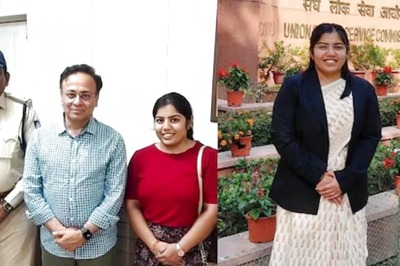







Comments
0 comment